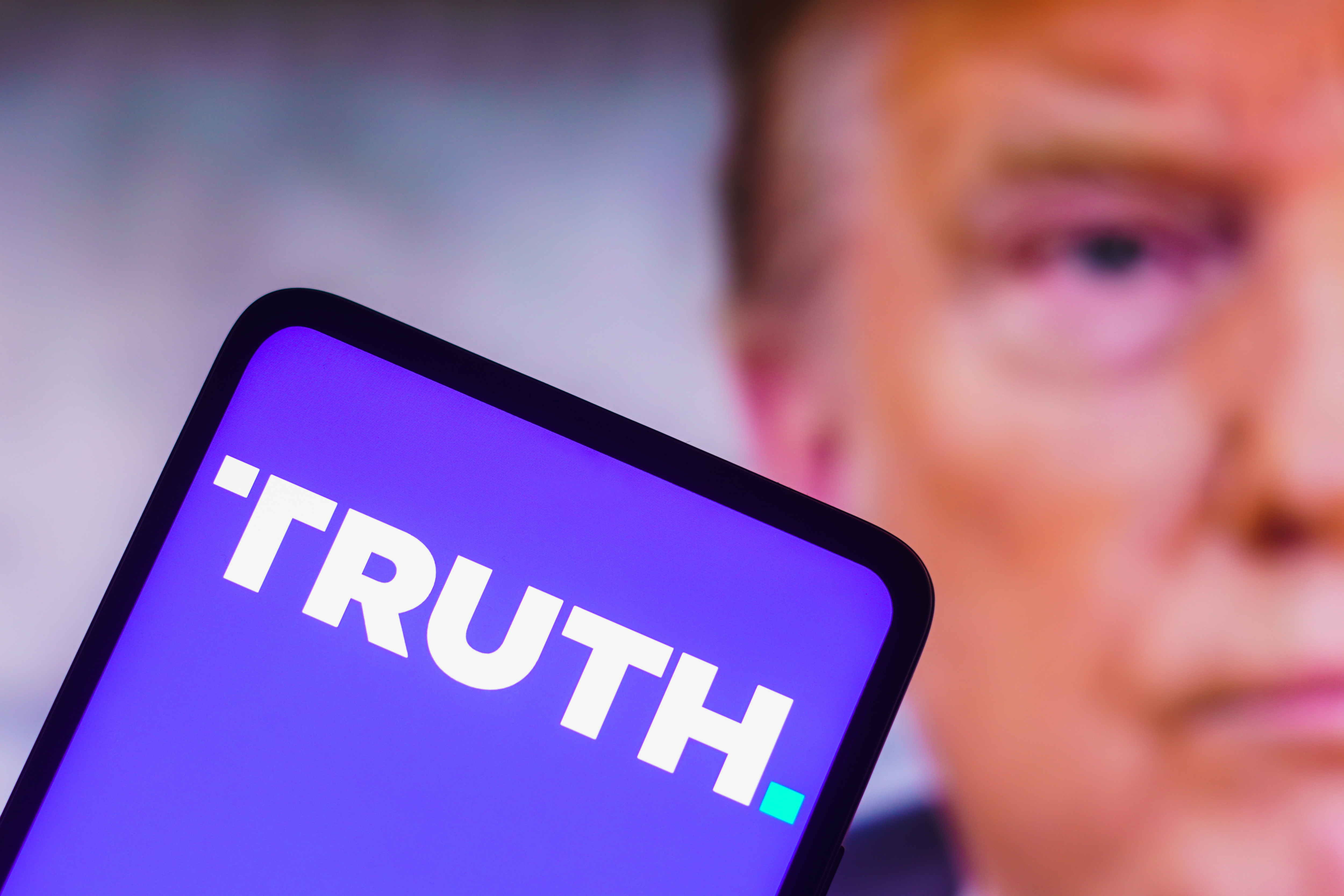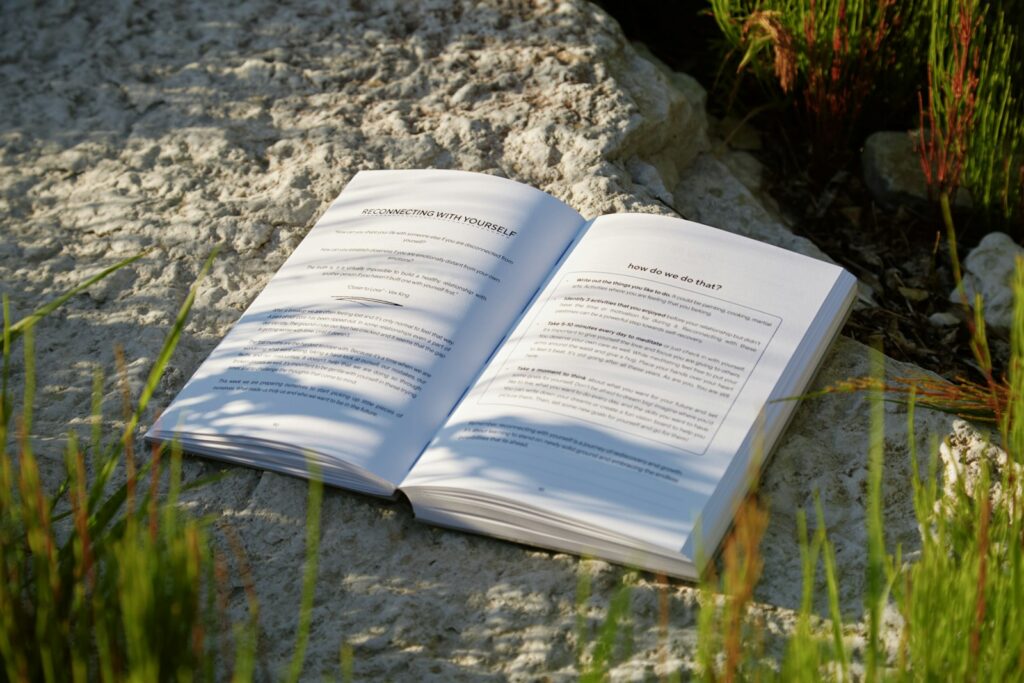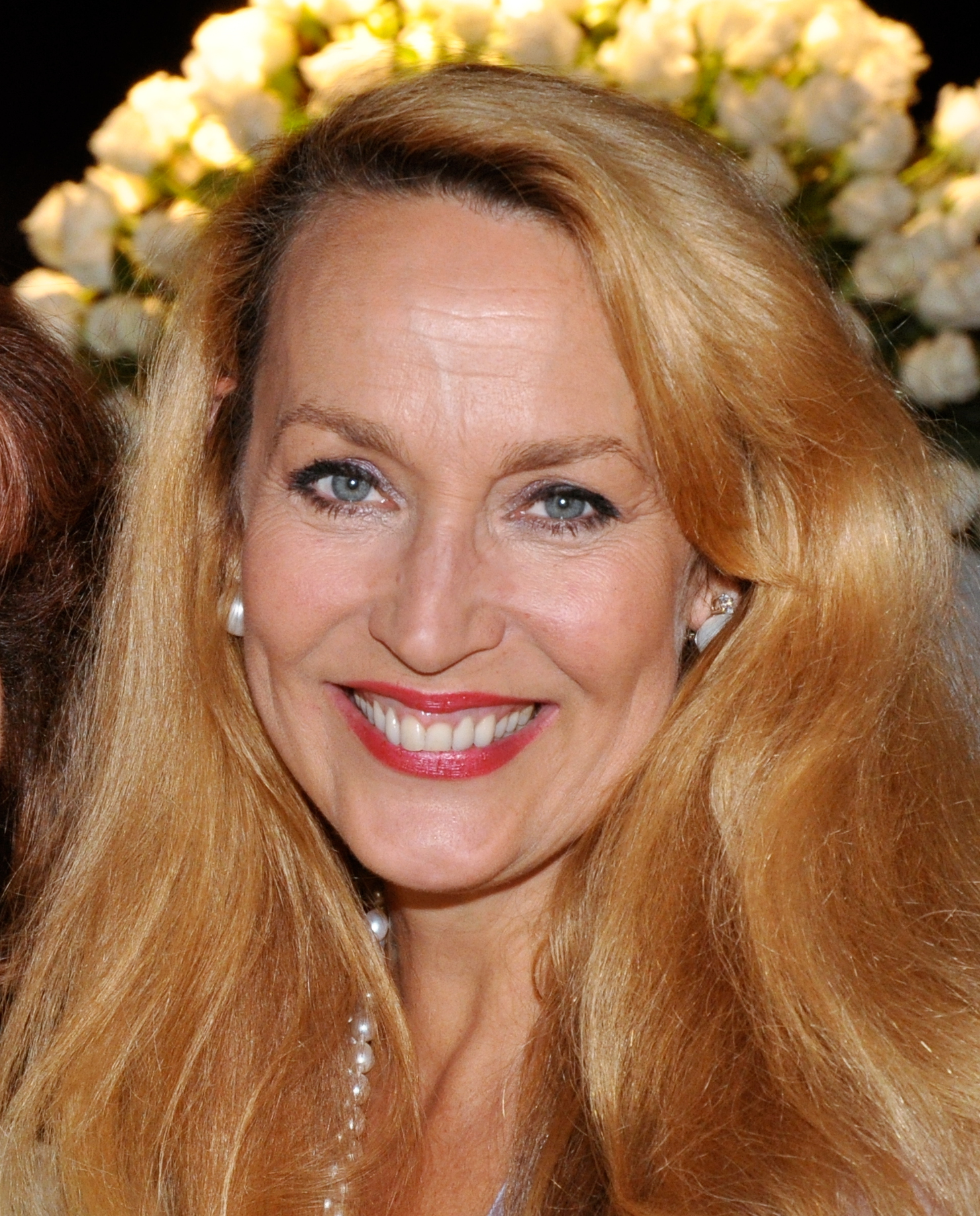
Truth. It’s a word we use constantly, a concept we rely on for everything from everyday decisions to scientific breakthroughs. But have you ever really stopped to consider what ‘truth’ actually is? Beyond the simple ‘what is, is’ adage, the nature of truth is a deeply debated and incredibly complex subject that underpins our entire understanding of reality.
In our fast-paced world, where information bombards us from all angles, being able to discern what is genuinely ‘true’ is not just an academic exercise – it’s a vital life skill. Understanding the various ways thinkers throughout history have grappled with this elusive concept can equip you with powerful tools for navigating information, strengthening your beliefs, and even questioning assumptions you never knew you had.
This article isn’t just about abstract philosophy; it’s about giving you actionable insights into the very fabric of knowledge. We’re going to unpack 12 fundamental truths about ‘truth’ itself – insights that can transform how you think, decide, and interact with the world around you. Prepare to look at reality with fresh, informed eyes.

1. **Truth Corresponds to Reality**: At its most fundamental level, the concept of truth often boils down to a simple yet profound idea: a statement is true if it accurately reflects the way things are in the world. This intuitive understanding, known as the correspondence theory of truth, posits that true beliefs and statements are those that “correspond to the actual state of affairs.” It’s the bedrock upon which much of our everyday understanding of reality is built, enabling us to make sense of our observations and experiences.
This traditional model of truth traces its origins back to ancient Greek philosophers such as Socrates, Plato, and Aristotle. Aristotle famously stated: “To say of what is that it is not, or of what is not that it is, is false, while to say of what is that it is, and of what is not that it is not, is true.” The essence is that truth or falsity is determined by how a representation relates to “things” or “objects.” Thomas Aquinas articulated this as “Veritas est adaequatio rei et intellectus” (“Truth is the adequation of things and intellect”), meaning a judgment is true when it aligns with external reality.
However, achieving this “accurate copying” of “objective reality” is often more complex than it appears. Modern theorists acknowledge that factors like language play a crucial role, as certain concepts may be difficult to translate or fully capture across different linguistic frameworks. Understanding this inherent challenge allows you to approach claims with a more nuanced perspective, recognizing that a direct, unmediated correspondence might sometimes be an ideal rather than a simple given. It’s a powerful reminder that our words shape our reality, even as they attempt to reflect it.
Read more about: Unlock Your Inner A-Lister: 14 Secret Routines Famous Actors Use to Master Pages of Dialogue!

2. **Truth Lives in a System of Ideas**: While correspondence theory focuses on individual statements matching external reality, coherence theories of truth suggest that truth requires a “proper fit of elements within a whole system.” This means a statement’s truth isn’t determined by its standalone accuracy, but by how well it integrates and aligns with an entire web of other beliefs and propositions you hold to be true. Often, coherence implies more than simple logical consistency; propositions must “lend mutual inferential support to each other.”
This perspective highlights that “truth is primarily a property of whole systems of propositions, and can be ascribed to an individual proposition only in virtue of its relationship to that system as a whole.” This is particularly evident in formal systems like logic and mathematics, where different axiomatic systems can exist. Rationalist philosophers like Baruch Spinoza and Gottfried Wilhelm Leibniz were strong proponents, advocating for self-contained, logically integrated systems of thought.
Despite its strengths, coherence theory has faced criticism when applied to the natural world or empirical data. Relying solely on internal consistency without external validation can lead to coherent but entirely false systems. This “lack of justification in their application to other areas of truth” emphasizes balancing internal consistency with external evidence. It’s a reminder that while your beliefs should be internally consistent, they also need grounding in the world beyond your mind.
Read more about: Beyond the Blue Pill: Unpacking The Matrix’s Deepest Controversies, Cultural Echoes, and Mind-Bending Realities

3. **Truth is What Works in Practice**: Shifting from abstract correspondence or systemic coherence, pragmatic theories of truth offer a practical perspective: “truth is verified and confirmed by the results of putting one’s concepts into practice.” If an idea helps you navigate the world effectively and produces beneficial outcomes, it holds a measure of truth. This school of thought was introduced by Charles Sanders Peirce, William James, and John Dewey.
Charles Sanders Peirce defined truth as “that concordance of an abstract statement with the ideal limit towards which endless investigation would tend to bring scientific belief.” This view emphasizes truth as a dynamic process of approximation and refinement, acknowledging the “inaccuracy and one-sidedness” of any single statement. It’s a continuous pursuit, constantly testing and adjusting beliefs against future experience.
William James summarized his pragmatic theory: “the ‘true’ is only the expedient in our way of thinking, just as the ‘right’ is only the expedient in our way of behaving.” For James, truth’s “value is confirmed by its effectiveness when applying concepts to practice,” focusing on genuine utility and functionality. John Dewey, expanding on this, held that “inquiry… is self-corrective over time if openly submitted for testing by a community of inquirers.” Pragmatism empowers you to understand truth as constructed through interaction with your environment and shared human experience.
Read more about: Beyond the Hype: 14 Acclaimed Films That Stirred Up Such Outrage, We’re Still Debating Their Boycotts.

4. **Failure Reveals What Isn’t True**: Building upon pragmatism, “negative pragmatism” offers a powerful insight: “Essentially, what works may or may not be true, but what fails cannot be true because the truth always works.” This approach doesn’t promise success guarantees truth, but failure definitively signals falsehood. William Ernest Hocking defined this variation.
As Richard Feynman succinctly put it, “We never are definitely right, we can only be sure we are wrong.” This isn’t pessimistic; it’s empowering. It shifts focus from trying to definitively “prove” truth to rigorously testing for falsehood, which is often more achievable. Feynman noted, an idea “could never be proved right, because tomorrow’s experiment might succeed in proving wrong what you thought was right.”
This constant vigilance aligns with Peirce’s “endless investigation,” encouraging continuous scrutiny and a willingness to abandon beliefs that fail. Negative pragmatism also connects with coherence theory: testing shouldn’t be isolated, as “the universe is a whole and integrated system, and testing should acknowledge and account for its diversity.” When ideas clash with empirical results – “if it disagrees with experiment, it is wrong” – it’s a clear signal for recalibration. This approach makes your beliefs more robust.
Read more about: Beyond the Hype: 14 Acclaimed Films That Stirred Up Such Outrage, We’re Still Debating Their Boycotts.

5. **Truth Can Be a Human Creation**: Constructivist epistemology, specifically social constructivism, suggests that “truth is constructed by social processes, is historically and culturally specific, and that it is in part shaped through the power struggles within a community.” This perspective highlights how much of what we accept as ‘true’ is a product of human interaction, agreement, and historical development, not merely an independent external reality.
Giambattista Vico, with his axiom “verum ipsum factum—’truth itself is constructed’,” was an early pioneer. Later, Hegel and Marx elaborated on truth being socially constructed. Marx distinguished between scientific knowledge and “distorted through power or ideology,” showing how societal structures influence what is deemed true. This theory implies that “perceptions of truth are viewed as contingent on convention, human perception, and social experience.”
It’s crucial to understand that many constructivists don’t reject objective truth entirely, but rather emphasize that our *access* to it is mediated by social and cultural lenses. Recognizing the socially constructed aspects of truth is empowering, allowing you to question dominant narratives and appreciate the dynamic interplay between society, power, and what we collectively define as real. This fosters a more critical and informed worldview.
Read more about: Beyond the Blue Pill: Unpacking The Matrix’s Deepest Controversies, Cultural Echoes, and Mind-Bending Realities

6. **Truth Can Emerge from Collective Agreement**: Closely related to constructivist ideas, consensus theory posits that “truth is whatever is agreed upon, or in some versions, might come to be agreed upon, by some specified group.” If a community reaches collective agreement about something, that agreement can constitute truth within that framework.
Philosopher Jürgen Habermas maintains that “truth is what would be agreed upon in an ideal speech situation.” This ideal implies open, rational, uncoerced discourse where all participants contribute equally and the best arguments prevail, leading to shared understanding free from manipulation.
Despite its democratic appeal, critics like Nicholas Rescher highlight challenges: defining the “specified group” or ensuring agreement genuinely leads to objective truth. A group could agree on something factually incorrect. Nevertheless, understanding consensus theory is valuable for navigating group dynamics and policy-making. It shows that in practical realms, what’s ‘true’ often operates on shared understanding and mutual acceptance, underscoring the power of dialogue.
Read more about: Decoding the Real Estate Shadows: How Celebrities Conceal Property Moves During Divorce

7. **Truth Can Be an Expressive Convenience**Beyond the grand philosophical systems, there’s a more unassuming, yet equally profound, insight into truth: sometimes, the word ‘truth’ itself doesn’t point to a deep, underlying property. Modern philosophical thought has given rise to what are known as deflationary theories of truth, which argue that the term ‘is true’ often serves merely as an “expressive convenience” rather than denoting a real, analyzable property of sentences or propositions. It’s a way we talk about statements, but not necessarily a hidden quality within them.
From this perspective, stating that “‘2 + 2 = 4’ is true” is logically equivalent to simply asserting “2 + 2 = 4.” The phrase “is true” becomes, in many contexts, philosophically dispensable. This minimalist approach, sometimes called disquotational, draws attention to how we effectively remove quotation marks when we endorse a statement. Once we grasp the formal features and utility of this truth predicate, deflationists suggest we’ve pretty much said all there is to say about truth in these particular instances.
Within this broader category, the redundancy theory of truth, notably associated with Frank P. Ramsey, posits that the concept of “truth” is essentially redundant. Words like ‘fact’ and ‘truth’ are seen as roundabout ways of affirming a proposition, and overthinking them in isolation can lead to a “linguistic muddle.” So, when you say “snow is white is true,” you’re just emphasizing that snow is white, not adding a new layer of meaning.
However, even these deflationary views acknowledge the practical value of a truth predicate. It allows us to express things efficiently that would otherwise require infinitely long sentences. For instance, instead of saying, “Michael says ‘snow is white’ and snow is white, or he says ‘roses are red’ and roses are red…” endlessly, we can simply and effectively say: “What Michael says is true.” This simple phrase helps us endorse claims, emphasize statements, and communicate complex ideas with remarkable brevity.
Read more about: 12 Evidence-Based Techniques to Naturally Manage Anxiety and Reclaim Your Calm

8. **Truth Can Be an Act, Not Just a Description**Imagine you’re at a wedding, and the couple says “I do.” They’re not just *describing* themselves as getting married; they are *performing* the act of becoming lawfully wedded spouses. This idea, where some statements are more about action than mere description, forms the core of the performative theory of truth, championed by philosopher P. F. Strawson.
Strawson argued that to declare “‘Snow is white’ is true” is not to make a statement *about* the statement “snow is white.” Instead, it’s akin to performing a specific speech act—like nodding in agreement, accepting, or endorsing the claim that snow is white. When you say, “It’s true that it’s raining,” you are asserting nothing more than “It’s raining.” The “It’s true that…” part serves to express your agreement, acceptance, or endorsement of the original statement.
This perspective helps us understand that language isn’t always about conveying information in a purely descriptive sense. Sometimes, our words are tools to *do* things. Just as J. L. Austin extensively analyzed such “illocutionary acts,” Strawson extends this understanding to how we use the concept of truth. It’s a powerful way to recognize the active role language plays in shaping our understanding and agreement with the world, moving beyond a passive mirroring of reality.
Read more about: Nicole Kidman’s Ageless Wisdom: How Getting Older Helped Her Embrace Her True Self, Inside and Out

9. **Truth Can Be Unknowable, or at Least Uncertain**Sometimes, the most challenging truth about truth is the notion that it might be out of our grasp entirely, or at least highly uncertain. This is the essence of philosophical skepticism, which involves any form of doubt concerning assertions and propositions claiming truth. While it primarily targets epistemology – the study of knowledge itself – skepticism can cast its shadow over any domain, from morality to the supernatural.
Skepticism isn’t a single, monolithic idea. Radical forms might completely deny the possibility of knowledge or rational belief, urging us to suspend judgment on nearly everything. More moderate skeptics might concede that we can know *some* things, but never with absolute certainty, or that the “big questions” of life, like the existence of God, remain perpetually beyond our full comprehension. This spectrum highlights that truth can be viewed as inherently elusive, even if it exists.
Historically, the challenge of skepticism has echoed through the ages. A poignant early example is found in the Gospel of John, where Pontius Pilate, upon hearing Jesus’s claim to “bear witness to the truth,” famously retorts with the rhetorical question, “Quid est veritas?” (“What is truth?”) This exchange has been widely interpreted as a dismissal of the very possibility of objective or knowable truth, reflecting a cynical or dismissive stance toward such profound inquiries. Pilate’s question remains a potent symbol of epistemological doubt, urging us to consider the limitations and complexities inherent in our quest for definitive answers.
Read more about: Rosa Roisinblit: A Century of Unyielding Truth-Seeking in Argentina’s Darkest Hour

10. **Truth Can Manifest in Multiple Ways**What if truth isn’t a single, monolithic property but rather a chameleon, changing its form depending on the context? This is the core insight of pluralist theories of truth, which assert that there might be more than one distinct property that makes propositions true. Instead of a one-size-fits-all definition, pluralism suggests that truth can manifest differently across various domains of knowledge and discourse.
For instance, an ethical proposition—like “lying is wrong”—might be true by virtue of its coherence with a system of moral beliefs. Meanwhile, a proposition about the physical world, such as “the sky is blue,” might be true because it directly corresponds to the objects and properties it describes in external reality. This flexible approach allows for different criteria of truth to be valid for different types of statements, acknowledging the rich tapestry of human experience and understanding.
Early pragmatic theories, particularly those advanced by Charles Peirce and William James, already hinted at this pluralistic idea by incorporating aspects of correspondence, coherence, and even constructivist theories into their frameworks. More recently, Crispin Wright, in his book *Truth and Objectivity*, argued that any predicate satisfying certain basic “platitudes about truth” could qualify as a truth predicate. He suggested that in some areas, the notion of “superassertibility” (a proposition remaining assertible through any amount of further information) could play the role of truth.
Adding to this, Michael Lynch, in *Truth as One and Many*, further developed the idea that truth should be understood as a “functional property.” This means that truth, while a unified concept, can be multiply manifested through distinct underlying properties like correspondence or coherence, depending on the subject matter. Pluralism empowers us to recognize that our pursuit of truth need not be confined to a single rigid definition, but can embrace the diverse ways reality reveals itself.
Read more about: Beyond the Hype: 14 Acclaimed Films That Stirred Up Such Outrage, We’re Still Debating Their Boycotts.

11. **Truth Operates Within Formal Systems**Beyond everyday language and philosophical debates, truth takes on a highly structured and precise form within formal systems like logic and mathematics. Here, truth is concerned with the inherent patterns in reasoning and the rigorous evaluation of propositions. Logicians often use formal languages, where “truth” exists only under specific interpretations or within predefined logical systems, demanding absolute consistency and clarity.
In logic, a “logical truth”—also known as an analytic or necessary truth—is a statement that holds true in all logically possible worlds or under every possible interpretation. Unlike empirical facts, these truths are self-evident from the meaning of their symbols and words, such as “If p and q, then p.” They are statements that simply *cannot* be untrue, forming the bedrock of rational thought and deductive reasoning. This formal approach allows for different “truth values,” moving beyond simple true/false to include three-valued logic, fuzzy logic with continuous ranges, and other forms of many-valued logic.
Mathematics presents its own unique landscape for truth, explored through model theory (which examines truth in relation to structures) and proof theory (which focuses on truth through provability). Historically, mathematical truths were often equated with statements provable within a formal axiomatic system. However, pioneers like Kurt Gödel and Alan Turing profoundly challenged this assumption. Their work, particularly Gödel’s incompleteness theorems, demonstrated that there exist true statements in mathematics that cannot be proven within the very systems they belong to. The continuum hypothesis, shown by Gödel and Paul Cohen to be unprovable or disprovable using standard set theory axioms, is a prime example, highlighting that even in the most rigorous fields, truth can transcend provability.
This realization led Gödel to consider that the ability to perceive the truth of some mathematical or logical propositions might ultimately be a matter of intuition, extending beyond the strict confines of formal theory. This interplay between rigorous formal systems and the acknowledgment of inherent limitations or intuitive leaps underscores that even in areas defined by precision, our understanding of truth continues to evolve. Formal theories equip us with tools to analyze truth with unprecedented exactitude, while also reminding us of its profound complexities.
Read more about: The Ultimate Guide to Washing Machine Longevity: 15 Expert-Backed Tips for Years of Trouble-Free Laundry

12. **Truth is Rooted in Our Everyday Intuitions**While philosophers debate abstract theories, we all carry an implicit “folk theory” of truth that guides our daily lives. This intuitive understanding, developed from childhood, allows us to efficiently navigate communication and evaluate claims. The truth predicate “P is true” has immense practical value, enabling us to endorse or challenge others’ statements, emphasize certain facts, and facilitate indirect conversational meanings without needing to unpack complex logical structures.
This innate understanding of truth is so fundamental that societies have long enforced it, with historical laws like the Code of Ur-Nammu prescribing penalties for falsehoods such as perjury. Even children as young as four demonstrate an ability to pass “false belief” tests, indicating an early grasp that others’ beliefs can diverge from reality. By adulthood, these strong implicit intuitions about truth are deeply ingrained, forming a shared framework that helps us make sense of the world.
Our folk theory of truth includes several core intuitions: that if a statement P is true, then P; and conversely, if P is true, then P. We intuitively understand the principle of noncontradiction—that a statement cannot be both true and false. Furthermore, we operate under the normativity that it is generally good to believe what is true, and we grasp the notion of false beliefs, recognizing that simply believing something does not automatically make it true. These fundamental principles, while seemingly simple, are the bedrock of reliable communication and our collective grasp of reality.
Yet, this seemingly robust folk theory, when subjected to deep formal analysis, reveals a fascinating paradox. Any formal system that fully embraces these “capture and release” semantics (the T-schema) for truth, while also adhering to classical logic, is provably inconsistent. This leads to classic conundrums like the liar paradox (“This sentence is not true”), where our intuitive understanding of truth breaks down. This highlights that while our everyday intuitions about truth are incredibly useful and powerful, the very nature of truth holds layers of complexity that continue to challenge even the most rigorous logical frameworks. Understanding these intuitive truths, and their inherent limits, empowers us to better appreciate both the practicality and profundity of truth itself.
As we conclude this journey through the myriad philosophical landscapes of truth, it becomes clear that this isn’t just an abstract academic pursuit. It’s a foundational inquiry that shapes every decision we make, every belief we hold, and every interaction we share. From ancient correspondence to modern formal semantics, from the practical ‘what works’ to the intuitive ‘what feels right,’ the nature of truth continues to be a vibrant, evolving conversation. By grasping these diverse perspectives, you gain a powerful lens through which to critically examine information, strengthen your own convictions, and navigate the complex tapestry of reality with greater clarity and confidence. These aren’t just theories; they are tools for a more informed and empowered life, helping you build a framework of understanding that stands strong against the currents of uncertainty.




